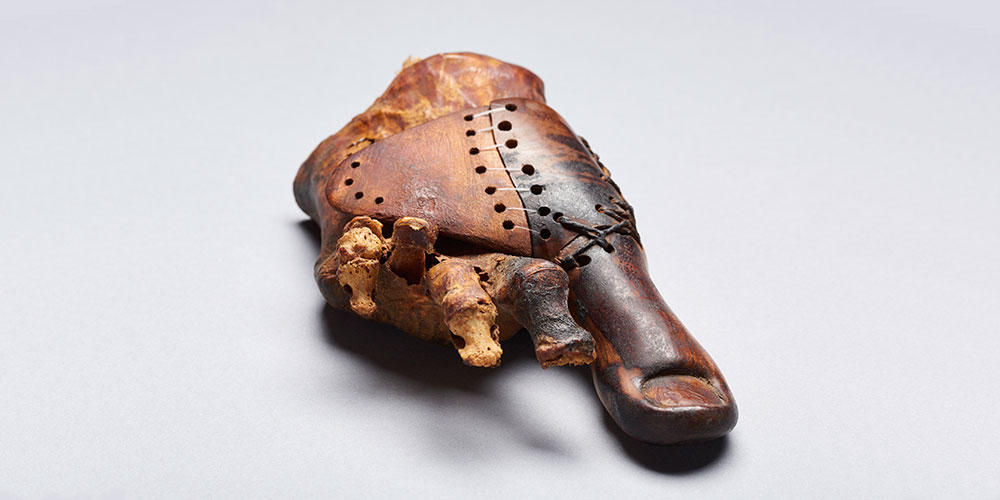
2,000-year-old papyrus medical mystery solved

Scientists at the University of Basel have solved the mystery of a 2,000-year-old papyrus. They deciphered the Greek document and discovered a medical script which was probably written by one of the most important doctors of late antiquity.
The Basel papyrus collection has been home to the mysterious papyrus since the 16th century. A university research team have now decoded the document using ultraviolet and infrared imaging techniques, the university announced in a press releaseExternal link.
Until now, the papyrus was “regarded as unique in the world of papyrology and puzzled generations of researchers”, the university wrote.
The researchers discovered that the document was in fact not just a single papyrus, but several layers of papyrus glued together.
A specialist papyrus restorer came to Basel to help separate the individual sheets, enabling the team to decode the document for the first time.
It contains a previously unknown medical text from late antiquity, describing a condition called “hysterical apnoea”, according to Sabine Huebner, professor of ancient history at the University of Basel.
+ Dozens of skeletons found under a Swiss school
High value
On the basis of these findings, the scientists assume it is either a text by the Roman physician Galen or an unknown commentary on his work.
After Hippocrates, Galen is widely regarded as the most important physician of antiquity.
“This is a sensational discovery,” Huebner said. The majority of papyri were letters, contracts or receipts, but this literary text was of a much higher value than those more common kinds,” she said.
The researchers from Basel made this discovery within the context of a project funded by the Swiss National Science Foundation.
The papyri collection of the University of Basel contains 65 documents. In 1900, at a time when papyrology was booming, the university was the first German-speaking university to procure a papyrus collection.

More
Swiss examine ‘extraordinary’ Egyptian faux toe

In compliance with the JTI standards
More: SWI swissinfo.ch certified by the Journalism Trust Initiative

















![The four-metre-long painting "Sonntag der Bergbauern" [Sunday of the Mountain Farmers, 1923-24/26] had to be removed by a crane from the German Chancellery in Berlin for the exhibition in Bern.](https://www.swissinfo.ch/content/wp-content/uploads/sites/13/2025/12/01_Pressebild_KirchnerxKirchner.jpg?ver=8f77363a)











You can find an overview of ongoing debates with our journalists here . Please join us!
If you want to start a conversation about a topic raised in this article or want to report factual errors, email us at english@swissinfo.ch.